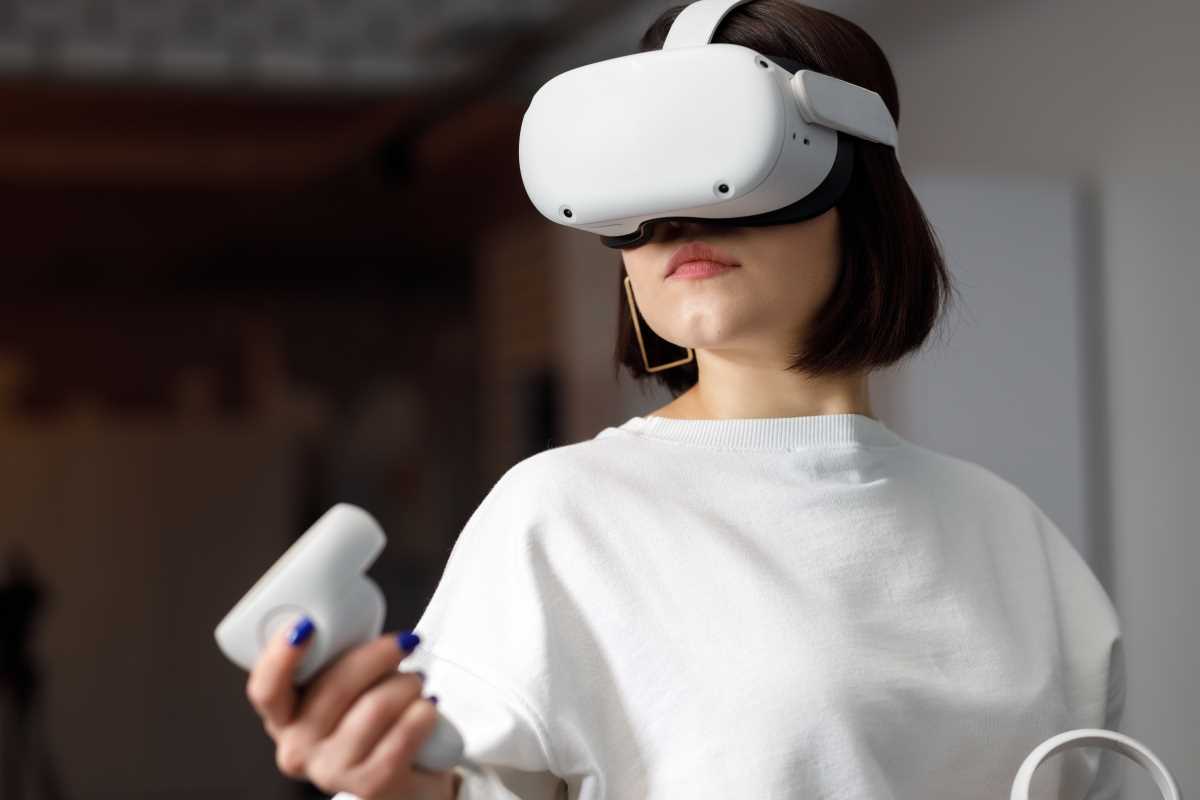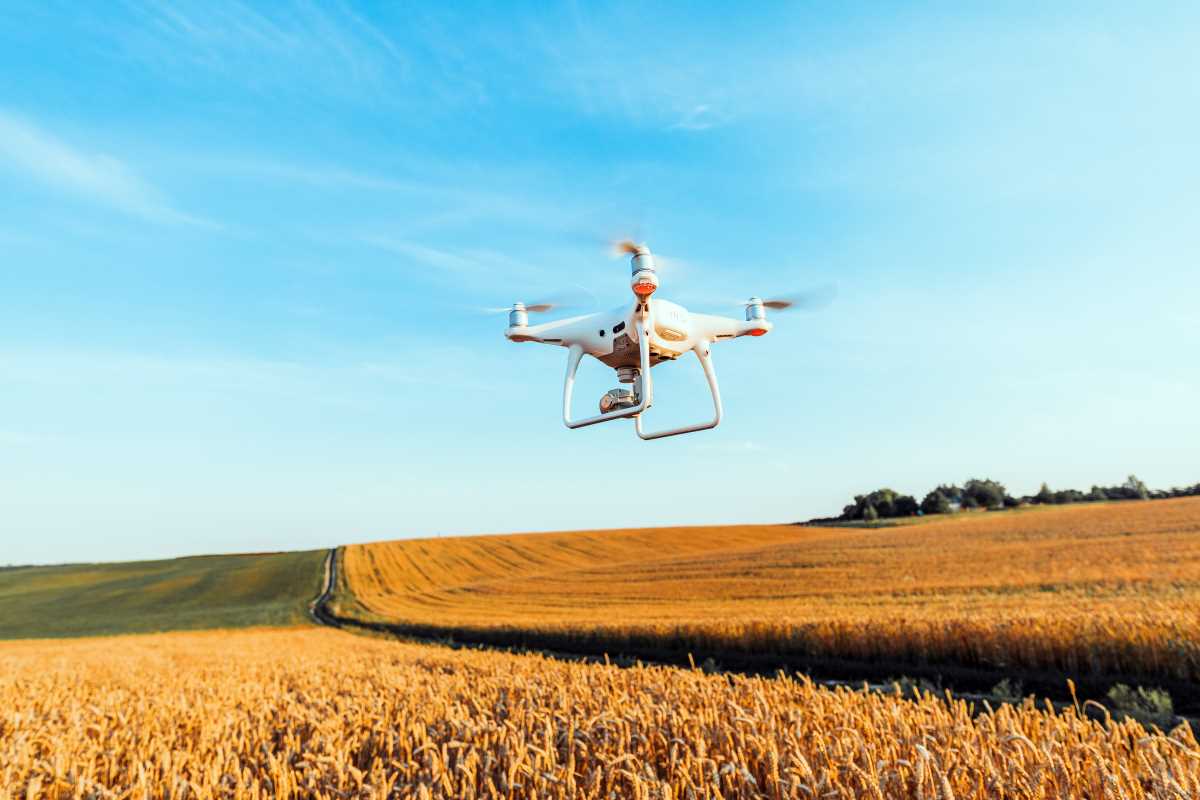Biometric authentication is rapidly redefining how we interact with financial services. By leveraging unique physical or behavioral characteristics, such as fingerprints or facial features, validation processes are becoming faster, safer, and more seamless. But what makes biometrics stand out in financial transactions?
Let's explore its benefits, address challenges, and look ahead at its potential to transform the financial sector.
What Is Biometric Authentication?
At its core, biometric authentication is the process of verifying a person's identity using their unique biological traits. Unlike traditional methods such as passwords or PINs, biometrics depend on characteristics that are nearly impossible to replicate, including fingerprints, iris patterns, voiceprints, and even typing behaviors.
This technology powers tools we now use in daily life. Think of unlocking your smartphone with a fingerprint or authorizing payments through facial recognition. Banks, payment platforms, and fintech companies are now adopting these technologies at scale, paving the way for more secure and efficient financial transactions.
Benefits of Biometric Authentication in Finance
Biometric authentication offers several genuine advantages in the financial sector. From enhancing security to boosting convenience, here’s why it’s becoming a necessity.
1. Enhanced Security
Security is the bedrock of any financial transaction. Biometric systems provide robust security measures because biological traits are extremely difficult to forge or steal. For instance, while hackers can breach databases to steal passwords, replicating a user’s retina or fingerprint is exponentially harder—even impossible in most cases.
Recent data backs this up. According to an IBM Security study, biometric authentication reduces the risk of identity theft by over 70% compared to traditional PINs and passwords. Financial institutions increasingly rely on fingerprint scanning or facial recognition to block unauthorized access, ensuring sensitive financial data and funds remain secure.
2. Convenience for Users
Nobody likes juggling passwords and recovery questions. Biometrics remove this hassle entirely. With a mere scan of your face or touch of a finger, transactions can be approved in seconds. This shift is particularly significant for mobile banking and digital wallets, where users demand quick, frictionless access.
Apple Pay and Google Pay are prime examples of how biometrics streamline convenience. These platforms integrate fingerprint or facial recognition for seamless purchases. There's no need for credit card details or remembering complex credentials. Fast, effortless, and secure.
3. Fraud Prevention
Financial fraud remains a growing concern globally. Traditional authentication methods are vulnerable to phishing attacks and social engineering. Biometric authentication, however, raises the bar, as it ties access directly to a person's physical identity.
Banks also use fraud-detection algorithms alongside biometrics. Voice recognition systems, for example, analyze not only a caller’s speech but also tone and cadence to verify legitimacy. This dual-layered security minimizes fraud risk in processes like account recovery or fund transfers.
4. Cost Savings Over the Long Term
Although initial implementation may be costly, biometric authentication can save money in the long run. By reducing fraud-related incidents and minimizing the need for extensive help desk support (e.g., password resets), businesses lower operational expenses.
Common Biometric Technologies in Financial Services
Multiple types of biometric technologies are making waves across the financial landscape. Let's take a closer look at how they're being implemented:
- Fingerprint Scanning: Fingerprint recognition is perhaps the most widespread biometric technology. It’s used in ATMs, mobile payment apps, and point-of-sale terminals. For example, Singapore’s OCBC Bank allows customers to access services by simply placing a finger on touchpads.
- Facial Recognition: Already popular on smartphones, facial recognition is gaining more financial applications. It verifies identities during online banking login or ATM withdrawals, delivering a frictionless user experience. China’s Alipay, a giant in mobile payments, enables users to confirm purchases via face scans.
- Retina and Iris Scans: Although less common than fingerprints or facial recognition, retina and iris scans are frequently used in high-security scenarios, such as corporate financial systems or high-value transfers. Their unparalleled accuracy makes them invaluable where security cannot be compromised.
Obstacles to Overcome
While biometric authentication holds impressive potential, it is not without challenges. Financial institutions must tackle several concerns to achieve wider adoption.
1. Privacy Issues
Biometric data is deeply personal, and its misuse could lead to severe breaches of trust. If a database storing fingerprints or voice patterns is compromised, the affected individuals cannot simply "reset" this information. These privacy concerns raise questions about how biometric data should be securely stored and handled.
2. Implementation Costs
Adopting biometric systems involves significant upfront investment. From specialized hardware, like fingerprint scanners, to software capable of processing this data efficiently, initial costs can deter smaller financial institutions from adopting the technology immediately.
3. Accuracy Limitations
Though highly secure, no biometric system is infallible. Certain factors, like aging or environmental conditions, may impede accurate readings. Facial recognition, for instance, might struggle in low lighting, while fingerprint scanners may fail with injuries or dirt on fingers.
4. Regulatory Challenges
Countries and regions have different laws governing the collection and use of personal data. Financial providers operating internationally must ensure compliance across multiple jurisdictions, adding layers of complexity.
The Future of Biometrics in Finance
Biometric authentication is far from reaching its full potential. Advances in AI and machine learning will only enhance its capabilities, driving greater accuracy and efficiency. Behavioral biometrics, which analyze how you interact with devices (e.g., typing speed or swipe patterns), are emerging as the next innovation. They add an additional layer of security, continuously verifying identity without interrupting user flow.
Additionally, we can expect decentralized storage systems, like blockchain, to address concerns about privacy and data protection. With such systems, biometric data could be stored locally on individual devices, minimizing risks tied to centralized databases.
By 2030, experts predict that biometric authentication will underpin nearly every financial interaction, from credit applications to international payments. Its fusion of convenience, security, and innovation ensures long-term relevance in an increasingly digital economy.







